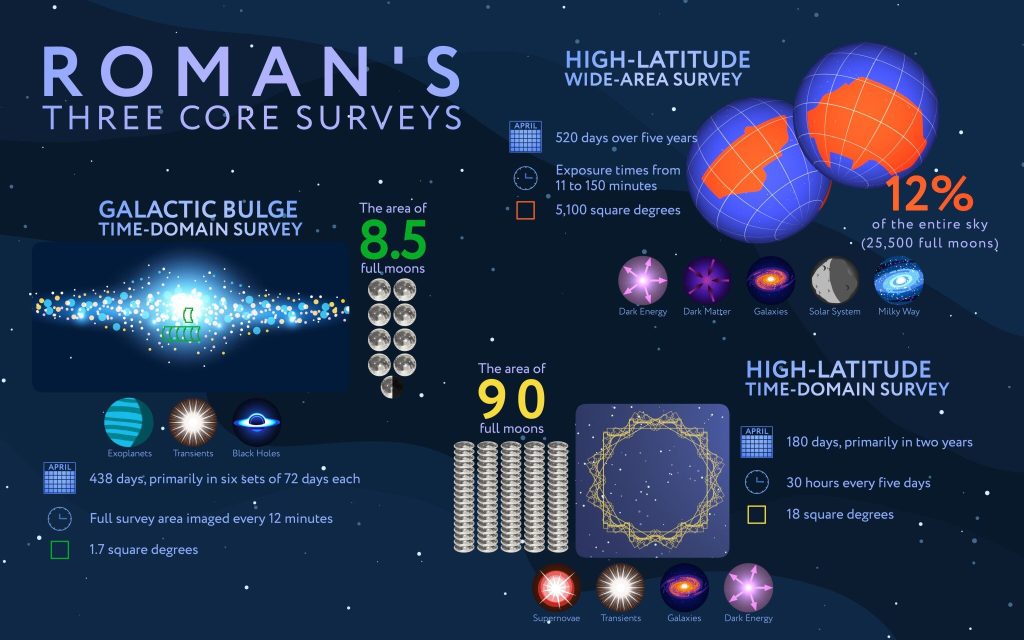Welcome to the high-stakes world of space exploration, where every launch is a daring leap into the unknown! Today, we delve into the latest adventure of SpaceX’s Starship, a remarkable journey filled with hopes, dreams, and unexpected challenges. Grab a seat as we explore the ups and downs in this thrilling quest for the cosmos!
What goes up must eventually come down, and SpaceX’s Starship certainly made a grand entrance back to Earth. Earlier this week, during its ninth test flight, the rocket met a fiery end above the Indian Ocean when things didn’t go as planned. It was a dramatic explosion that caught the eyes—and the hopes—of many who are eager to see humanity venture beyond our blue planet.
This recent failure marked the third time in just six months that Starship experienced a catastrophic malfunction. For a rocket that is envisioned as our gateway to the Moon, Mars, and beyond, one can’t help but wonder: what lies ahead for this ambitious space program?
A Decade in the Making
For over ten years, the Starship program has been evolving. Conceived by Elon Musk’s SpaceX, this rocket aims to redefine what is possible in space travel. At the heart of this innovation are the Raptor engines, designed for a multistage launch system that allows for reuse—a crucial goal in reducing the costs of space missions.
The journey began back in 2018 with initial low-altitude flights that sparked excitement and optimism. Since then, the path has been rocky, with a mix of successes and failures. As of now, Starship has had three successes along with four full failures and two partial failures—a clear reminder of the complexities involved in reaching for the stars.
During this latest test flight, I was among 200 space enthusiasts at the Australian Space Summit in Sydney, eagerly watching the launch unfold on a large screen. Initially, the excitement filled the room, but it quickly turned to hushed whispers as we witnessed the rocket’s tragic end. An engine failed to ignite just before re-entry, setting off a chain of catastrophic failures that led to Starship breaking apart high above the ocean.
The Ripple Effect
While exact financial losses from this test flight remain unclear, estimates suggest each launch could cost between $50 million and $100 million. The environmental impact, however, is even trickier to calculate. Previous test flights have left behind a trail of debris and disruption. One incident in Texas sent clouds of dust swirling through Port Isabel, alarming residents and damaging property.
In fact, the U.S. Environmental Protection Agency has cited SpaceX for multiple incidents involving water pollution due to its launch activities, a situation that sparked considerable local concern. Moreover, fines have been proposed for various infractions related to launches over the past year, further complicating SpaceX’s ambitious agenda.
On top of that, past failures back in January and March caused significant disruptions, delaying commercial flights and scattering debris across the Caribbean. While failures are to be expected in the pursuit of innovation, one can’t help but wonder how much longer the public can tolerate these risks.
Learning from the Past
The Federal Aviation Administration (FAA) had previously allowed only five Starship launches a year, but recently increased the number to 25, reflecting a desire to accelerate progress. It begs the question: can we truly rush rocket science?
Historically, many rocket programs have seen high success rates. For instance, the Saturn V rocket, the backbone of the Apollo missions, had only one partial failure during 13 launches. SpaceX’s Falcon 9 boasts an impressive track record with over 478 successful flights and minimal failures.
Musk’s Vision Remains Strong
Despite the latest setbacks, Musk’s ambition shows no signs of dwindling. Following the recent failure, he publicly suggested a plan for more frequent test flights, aiming for launches every three to four weeks. His resilience reflects the spirit of exploration, reminding us that great achievements often come with significant challenges.
As we watch this remarkable journey unfold, we ponder not just the technological advancements but also the environmental implications of our quest for the stars. Will the dream of interplanetary travel come with a hefty price for our home planet? Only time will tell how this story continues to evolve.
This article is republished from The Conversation under a Creative Commons license. Read the original article.![]()
If you would like to see similar science posts like this, click here & share this article with your friends!


